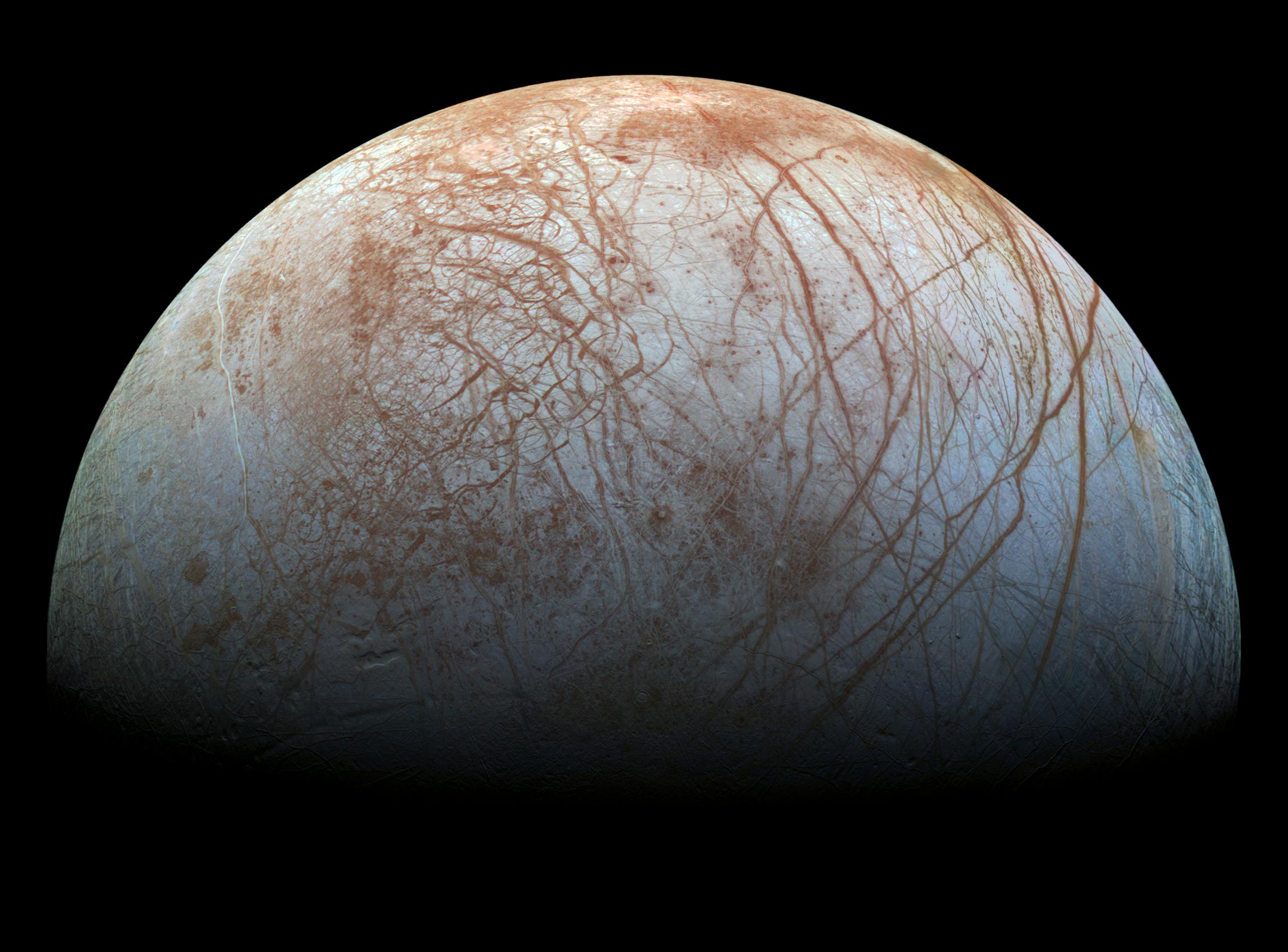NASA mission will use ice-penetrating radar to see within Europa’s icy shell

Scientists are almost certain that a vast saltwater ocean with twice as much water as all of Earth's oceans combined lies beneath the icy shell of Jupiter's moon Europa. The Radar for Europa Assessment and Sounding: Ocean to Near-surface (REASON), one of the nine instruments to be carried by NASA's upcoming Europa Clipper mission, will look directly into Europa's icy shell, hunting for the suspected ocean beneath.
The ice-penetrating radar will use high frequency and very high-frequency radio waves to penetrate Europa's ice as much as 18 miles (30 kilometers) deep. The radar instrument will search for the Jovian moon’s suspected ocean, and study the ice's structure and thickness, a key factor to determine whether Europa could sustain life.
"The radar easily penetrates ice but doesn't go through water, so we hope REASON will tell us clearly where the ice ends and Europa's ocean begins," says REASON investigation scientist Trina Ray of NASA's Jet Propulsion Laboratory.
Ice and radar are a powerful combination. On Earth, ice-penetrating radar monitors changes in glaciers. We'll use our REASON radar instrument to look for where Europa's ice ends and its hidden ocean begins. Check out our latest mission dispatch: https://t.co/zbBfzeLj70 pic.twitter.com/fRSlsdjGTI
— NASA Europa Clipper (@EuropaClipper) April 28, 2022
The Europa Clipper mission will launch in October 2024 and will arrive in 2030. Touted as the most advanced spacecraft ever sent to investigate the habitability of another world. The spacecraft will perform around 50 flybys of Europa to map nearly the entire moon at high resolution and determine whether the icy moon could harbor conditions suitable for life.
In addition to NASA's Europa Clipper, European Space Agency's JUICE spacecraft will carry an ice-penetrating radar called the Radar for Icy Moons Exploration (or RIME) instrument. RIME will study the subsurface structure of the icy moons down to 9 km depth.










